Meet Andy Goldsworthy
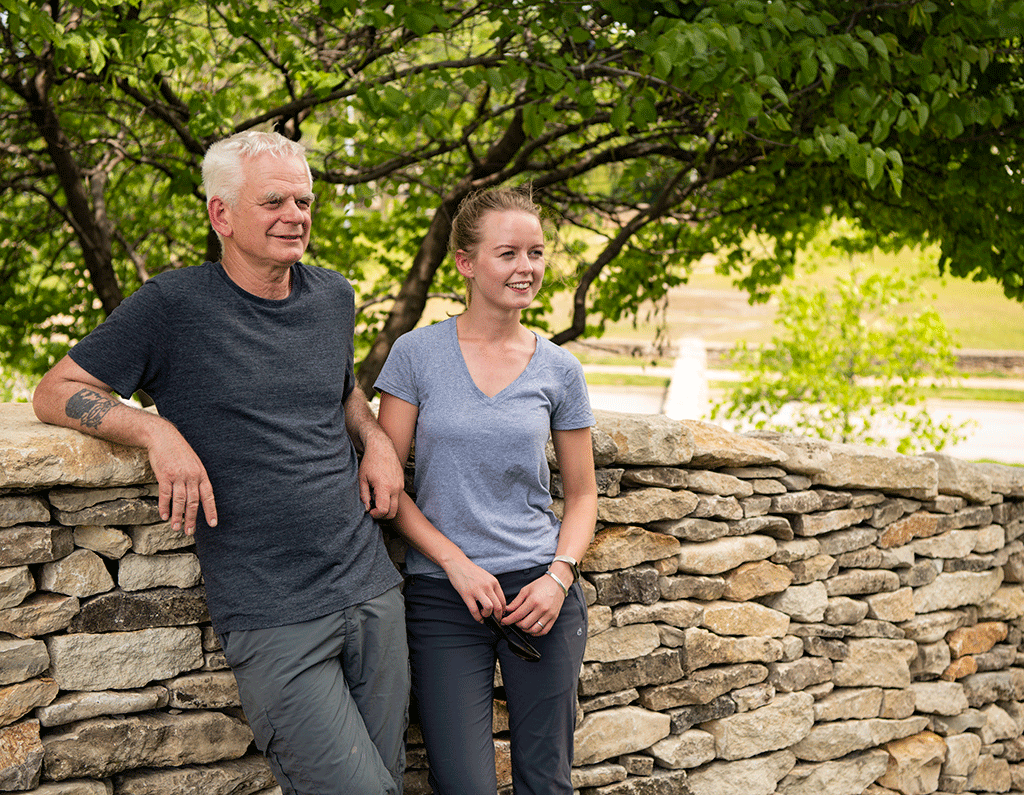
Goldsworthy is a British sculptor, photographer, and environmentalist. Many of his projects have been transient in nature, although he captures the moment with photographs. Other projects are meant to be in place for many years, although Goldsworthy has a continual interest in changes to the works due to nature’s effects or the passing of time.
Goldsworthy and his daughter, Holly, document the process, creating photographs and videos as the project continues.
The Flint Hills
The stones for Walking Wall came from the Flint Hills of Kansas. Andy Goldsworthy visited the area last year and said it was one of the most interesting places he had seen in the United States.
Workers looked for weathered stones on the prairie and lifted them onto pallets, which were then transported to Kansas City.
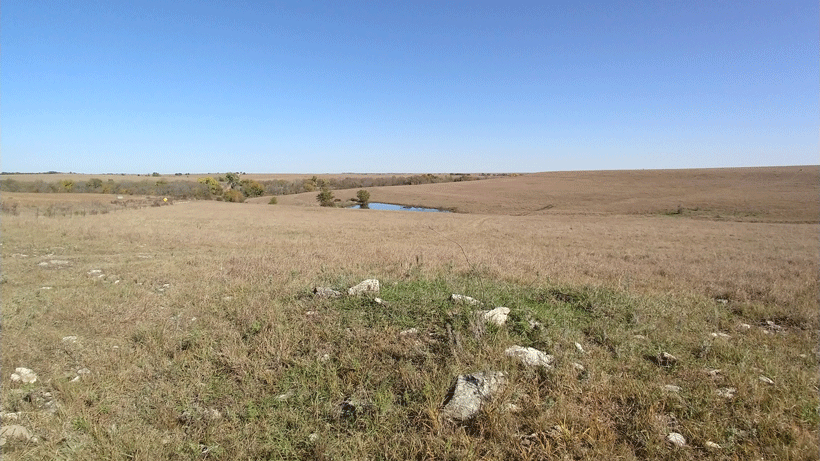
The Walk: 5 Stages
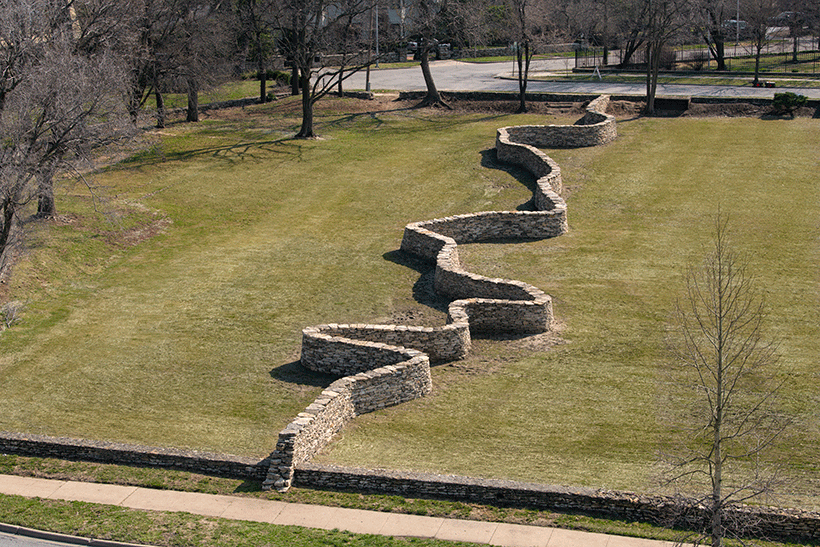
Stage One
Goldsworthy and his crew began the project in March, on land east of the Nelson-Atkins. The crew worked with few tools – wheelbarrows and buckets. The wall is dry-stacked and built without mortar.
Neighbors and visitors warmly welcomed Goldsworthy to Kansas City. He was moved to hear the many stories and connections they shared regarding stone walls in the area.
Stage Two
With permission from the city, Rockhill Road was closed for a short time in May to allow the wall to cross the street.
Workers started early in the morning and finished mid-afternoon most days, and visitors often gathered to watch the rhythm of the physical labor.
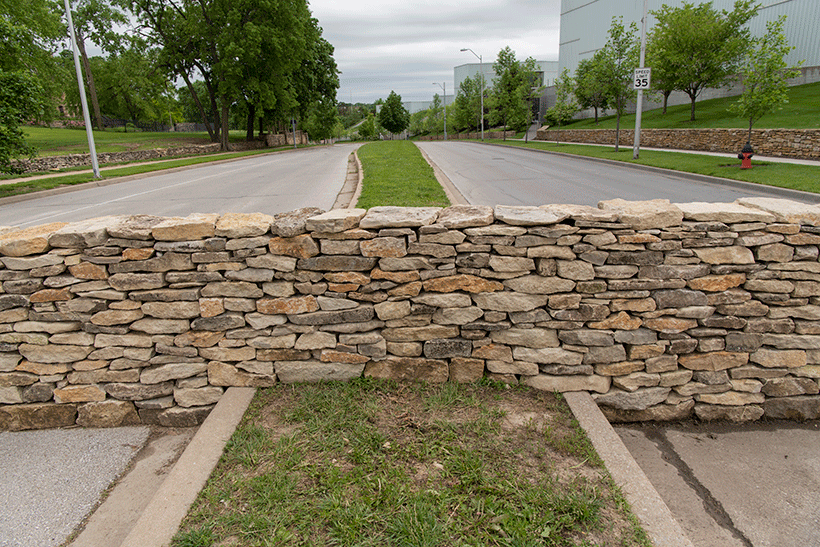
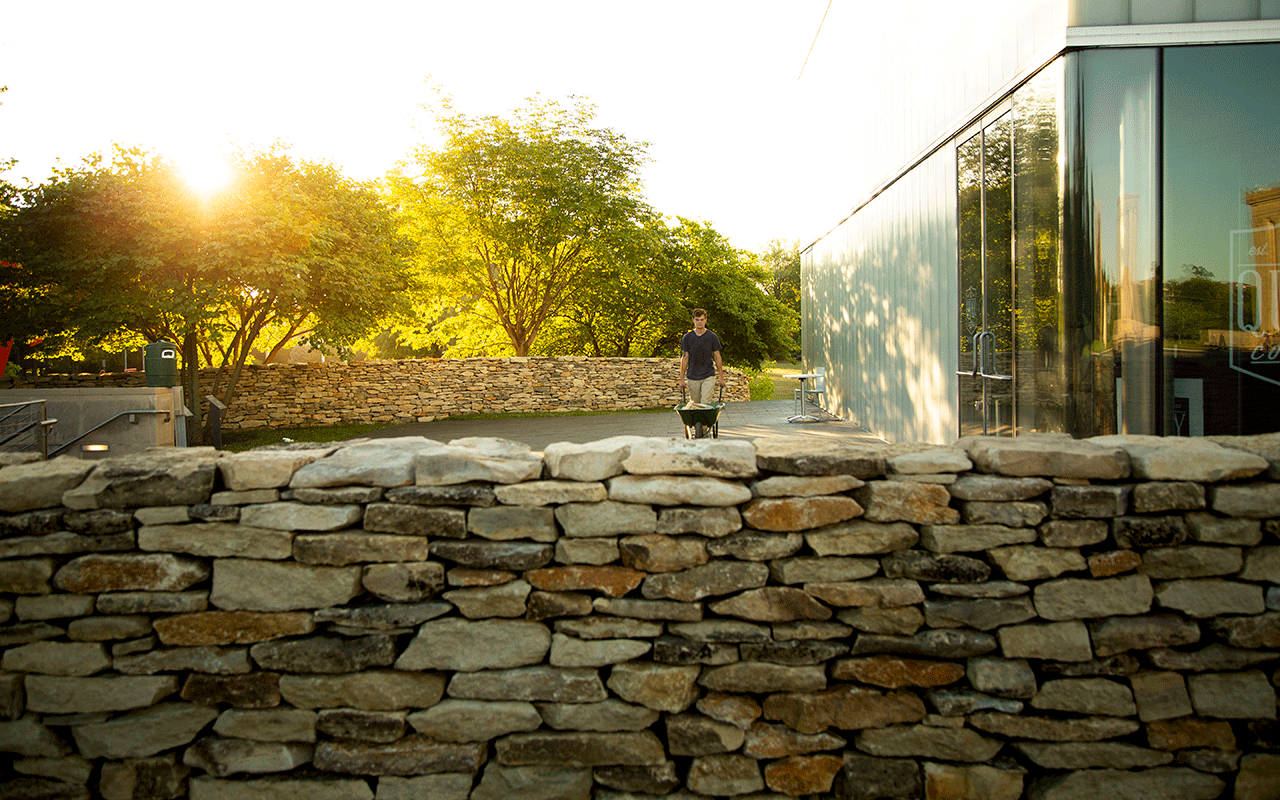
Stage Three
Under the hot July sun, workers moved the wall south, past the street-level entrance to the Bloch Building. For a short time, the wall fully blocked the doors, confronting visitors full force.
The wall then snuck through a thin passageway along the Bloch Building and moved onto the grassy rooftop, poised for the next stage.
Stage Four
In September, Walking Wall dared to walk down the steps between the Bloch Building and the original Nelson-Atkins Building. But in order to stabilize the wall during construction, it had to be built from the bottom up.
Workers carried the stones via wheelbarrow through the Bloch Building, along canvas and paper pathways. The project captured the attention of surprised visitors inside and outside the museum.
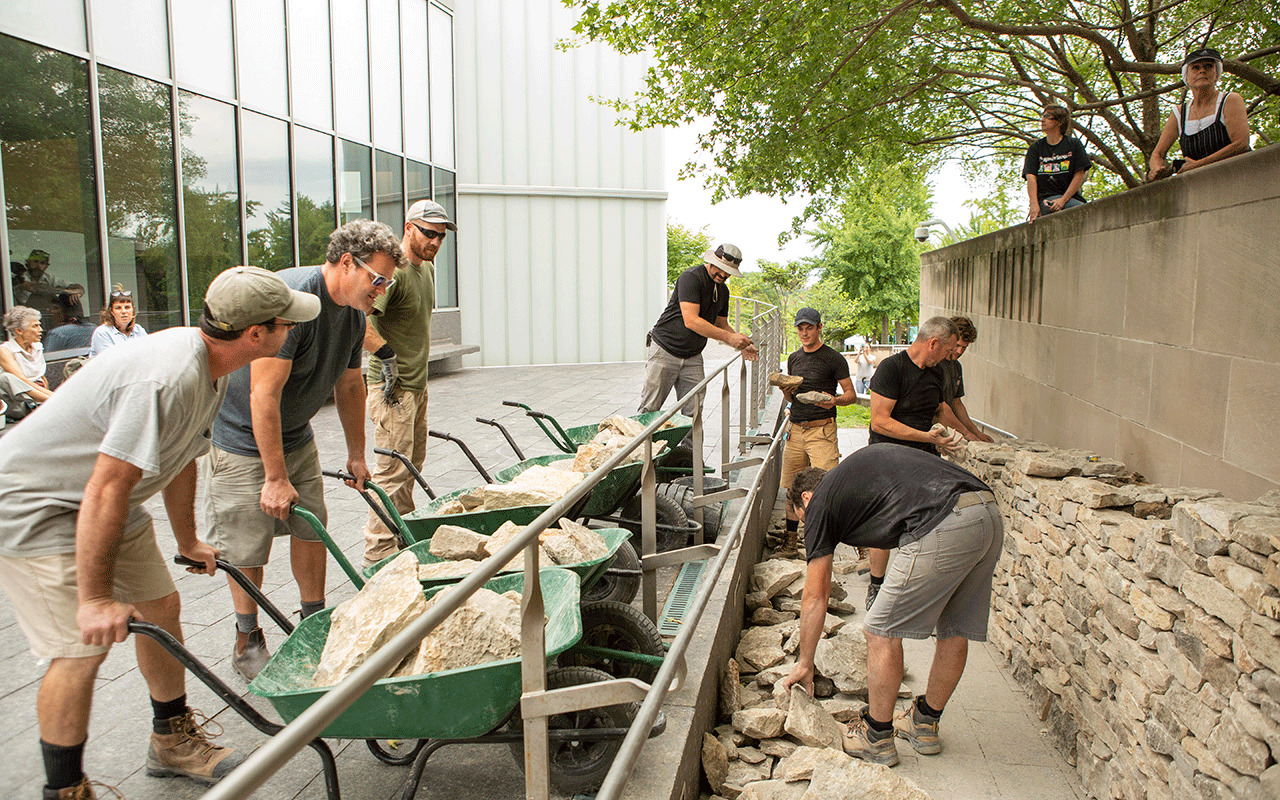

Stage Five
The final stage of Walking Wall will see it move south into the Donald J. Sculpture Park and, ultimately, into the Bloch Building.
An unforgettable experience.
Videos
Watch as the Walking Wall progresses around the Nelson-Atkins campus to its final home in the Donald J. Hall Sculpture Park.

